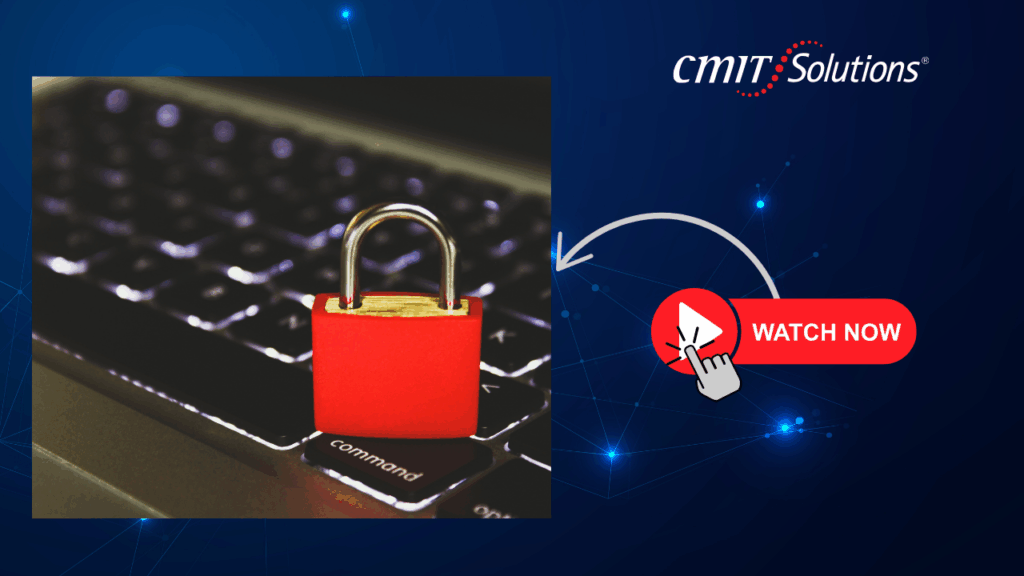In today’s threat-heavy digital landscape, the most vulnerable point in any business’s cybersecurity posture isn’t the firewall or the software it’s the people. Security Awareness Training (SAT) is no longer a luxury. It’s the most important layer of protection against phishing, ransomware, social engineering, and insider threats. The cybercriminal playbook has evolved, and organizations must evolve too by building a cyber-aware culture that begins with employee education.
This article explores what Security Awareness Training is, why it’s essential, and how integrating it into your business processes can shield your company from costly and damaging cyber incidents.
What is Security Awareness Training
Security Awareness Training is an ongoing educational program designed to equip employees with the knowledge and skills needed to recognize and avoid cybersecurity threats. Unlike traditional IT onboarding that includes a brief tutorial on passwords or device use, SAT involves interactive training, real-world simulations, and continual reinforcement.
Effective programs include phishing simulations, lessons on social engineering, password hygiene, and secure data handling. These training exercises not only reduce the chance of user error but empower employees to become an active part of the defense structure.
As businesses embrace hybrid work and cloud-first solutions, the ability to recognize threats in emails, attachments, and even personal messaging platforms becomes critical.
Why small and midsized businesses are frequent targets
Cybercriminals target small and midsized businesses (SMBs) because they often lack internal cybersecurity expertise and robust defenses. Many business owners assume their operations are too small to matter, but hackers know these companies typically have weak links—especially when it comes to employee awareness.
An untrained employee might unknowingly fall for phishing attacks or reuse passwords across platforms, exposing critical systems. Even worse, SMBs are often slow to respond to breaches, giving attackers more time to exploit data.
As SMBs turn to solutions like bundled IT services, the need to align technology investment with a trained workforce becomes even more pressing.
The role of human error in data breaches
Human error is the leading cause of security incidents, from misdirected emails and mishandled data to weak passwords and unsafe browsing behavior. Even with advanced firewalls and antivirus software in place, it only takes one click on a malicious link to compromise your system.
Security Awareness Training plays a pivotal role in reducing these risks. By reinforcing knowledge through simulated attacks and practical tips, businesses can build resilience from the inside out. Without it, your organization may fall victim to threats despite having strong security tools.
To avoid the costly consequences of preventable errors, many companies are now investing in systems that strengthen business resilience by reinforcing employee preparedness and response.
Key components of a successful training program
To ensure real impact, your Security Awareness Training should include:
- Continuous Learning: Periodic updates as threats evolve
- Interactive Simulations: Phishing, spoofing, and real-world scenarios
- Role-Based Content: Different training for HR, finance, and IT
- Measurable Results: Metrics that track effectiveness and improvement
- Policy Reinforcement: Education aligned with internal policies and regulations
When layered with tools like proactive network management, training becomes more powerful—proactively identifying weak points before attackers do.
What happens when you don’t train your employees
Without training, employees:
- Click on phishing emails or malicious links
- Use weak or reused passwords
- Share sensitive information accidentally
- Delay reporting suspicious activity
- Increase your organization’s risk of cyberattacks and compliance violations
Many businesses relying on traditional IT support often face longer downtimes and higher costs due to reactive (instead of proactive) practices.
How training supports regulatory compliance
Security Awareness Training is foundational for meeting the requirements of frameworks like HIPAA, PCI-DSS, CMMC, and GDPR. These regulations mandate employee education as part of security controls.
When paired with advanced compliance solutions and streamlining security tools, SAT creates defensible documentation that can prevent costly audit failures and penalties.
Integrating training into a managed IT strategy
Security Awareness Training isn’t just a standalone initiative it should be embedded into your broader IT infrastructure.
Benefits of managed training programs include:
- Consistent Deployment: Across departments and devices
- Compliance Integration: Aligned with internal audits
- Real-Time Monitoring: Visibility into training completion and effectiveness
- Employee Behavior Insights: Data to reduce repeat incidents
With expert MSPs like CMIT Solutions of Charleston, SAT is included as part of larger cybersecurity strategies like cloud migration security and incident response.
The growing impact of AI-powered threats
AI-generated cyberattacks are more convincing, scalable, and faster than ever. Threats now include:
- Deepfake impersonation of executives
- Machine-generated phishing emails
- Automated credential stuffing
- Voice fraud and manipulation
That’s why SAT programs are evolving to include detection of AI-powered security threats and coaching on how to identify subtle patterns that even AI-based tools may miss.
Building a culture of security through awareness
Security culture isn’t built overnight but it starts with training. SAT encourages:
- Early reporting of threats
- Smarter digital decision-making
- Accountability across all roles
- Protection of customer trust and brand reputation
As your team becomes more cyber-aware, they’re more likely to follow protocols and work in harmony with systems. Combining training with strategic IT guidance helps reinforce that culture from the top down.
Conclusion
In the fight against cyber threats, your people are your greatest asset but only if they’re trained. Security Awareness Training is the first line of defense, offering an essential layer of protection that technology alone cannot provide.
By embedding SAT into your compliance goals, IT strategy, and managed support model, you not only reduce risk you build long-term trust and resilience. Companies that invest in training today will avoid data loss, protect reputations, and stay compliant in an increasingly dangerous digital landscape.
Cybersecurity starts with people. And with CMIT Solutions of Charleston as your partner, those people can become your most powerful shield.







